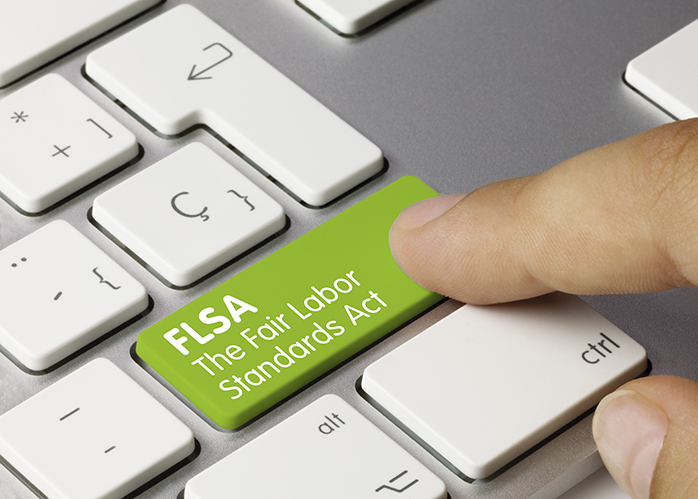
By Michael Burns, courtesy SBAM Approved Partner ASE
Does an employer have to pay an applicant for interviewing for a job?
Of course not, one might say. But not so fast. Does your company use a “working interview” to select qualified employees? Some companies use this form of applicant screening. As the name suggests, a “working interview” has the applicant performing work or they have the potential employee attend training during the selection process.
A dental practice located in Nashville, Tennessee required its candidates to perform work in order to assess their skills during the interviewing process. The dental practice was found to have violated the Fair Labor Standards Act (FLSA) for not paying for what the Wage and Hour Division clearly saw was hours worked under the law. At the end of the day, the dental practice payed out $50,000 in back pay and liquidated damages.
Employers should be very careful if they decide to “road test” an applicant’s qualifications by putting them to work for a period of time. If they decide not to pay them for this time, it may violate the Fair Labor Standards Act (FLSA).
Can an Employer Pay Different Rates of Pay to a Single Employee for Performing Different Work?
Yes, an employer can pay different rates for different work. Many employers do this. However, how does an employer calculate the regular rate for overtime purposes legally?
According to a recent Department of Labor Opinion Letter (FLSA2018-28): First the employer must ensure that the employee’s average hourly pay exceeds the federal and state minimum wage requirements for all hours worked. Employers need to check what their state’s minimum wage is. The Federal minimum wage is currently only $7.25/hr. But many states have increased their minimum wage above the federal level. Michigan’s current minimum wage is $9.25/hr. With the new minimum wage law going into effect in March of this year, Michigan’s minimum wage will go up to $9.45/hr.
Second, if overtime is worked in a week the proper regular rate of pay must be calculated.
In the December 28th Opinion Letter an employer that was a home health care provider sent its aides to clients’ homes to provide care. It based any overtime work on a base rate of $10.00/hr. The employer calculated any overtime worked by this rate of pay regardless of how the actual work time was performed. This rate was set by the employer to account for both work time and travel time during the work week.
The Department of Labor found that this plan may not always comply with the FLSA’s overtime requirements because an employer cannot assume up front or pre-set regular rates of pay. It must calculate the correct rate of pay for each week by taking the hours of work (in this case providing in-home aid services) and doing a “mathematical computation”.
If the employee performed enough aide services at their regular aide rate of say $13.00/hr. and the employee worked 35 hours that week but traveled between homes for seven hours, the employer must calculate the regular rate by multiplying the $13/hr. rate by 35 hours (total hours worked in that week) to get the total pay of $455 and then dividing it by 42 hours.
For calculation of the regular rate for overtime purposes, (remember, the employee actually worked 42 hours) the regular rate is calculated by dividing $455 by 40 hours (standard workweek) to arrive at a “regular rate” of $10.83/hr.
This meets the federal minimum wage level, so it passes that requirement.
So, if the employer based its overtime rate on just the “set” rate of $10/hr., this would underpay the employee’s overtime pay rate which should be $16.24/hr. ($10.50 multiplied by 1.5) not the $15/hr. rate that would result from multiplying $10/hr. times 1.5 overtime rate multiplier.
Please keep in mind, Opinion Letter determinations are based exclusively on the facts presented by the requesting party and do not necessarily control as precedent for other similar or comparable fact situations.
The Opinion Letter’s approach is not the only method that is used when an employee’s pay fluctuates. Next week ETPW will look at a second method of calculating the correct overtime rate in a fluctuating workweek addressing what the regular rate is if the workers hours change from week to week.
Additional ASE Resources
Wage and Hour Law: This ASE course will provide guidance on the wage and hour laws and recordkeeping obligations of the employer. Participants will learn about various exemptions, payment guidelines and restrictions, and how to calculate overtime payments. The next class is February 20, 2019. Learn more.